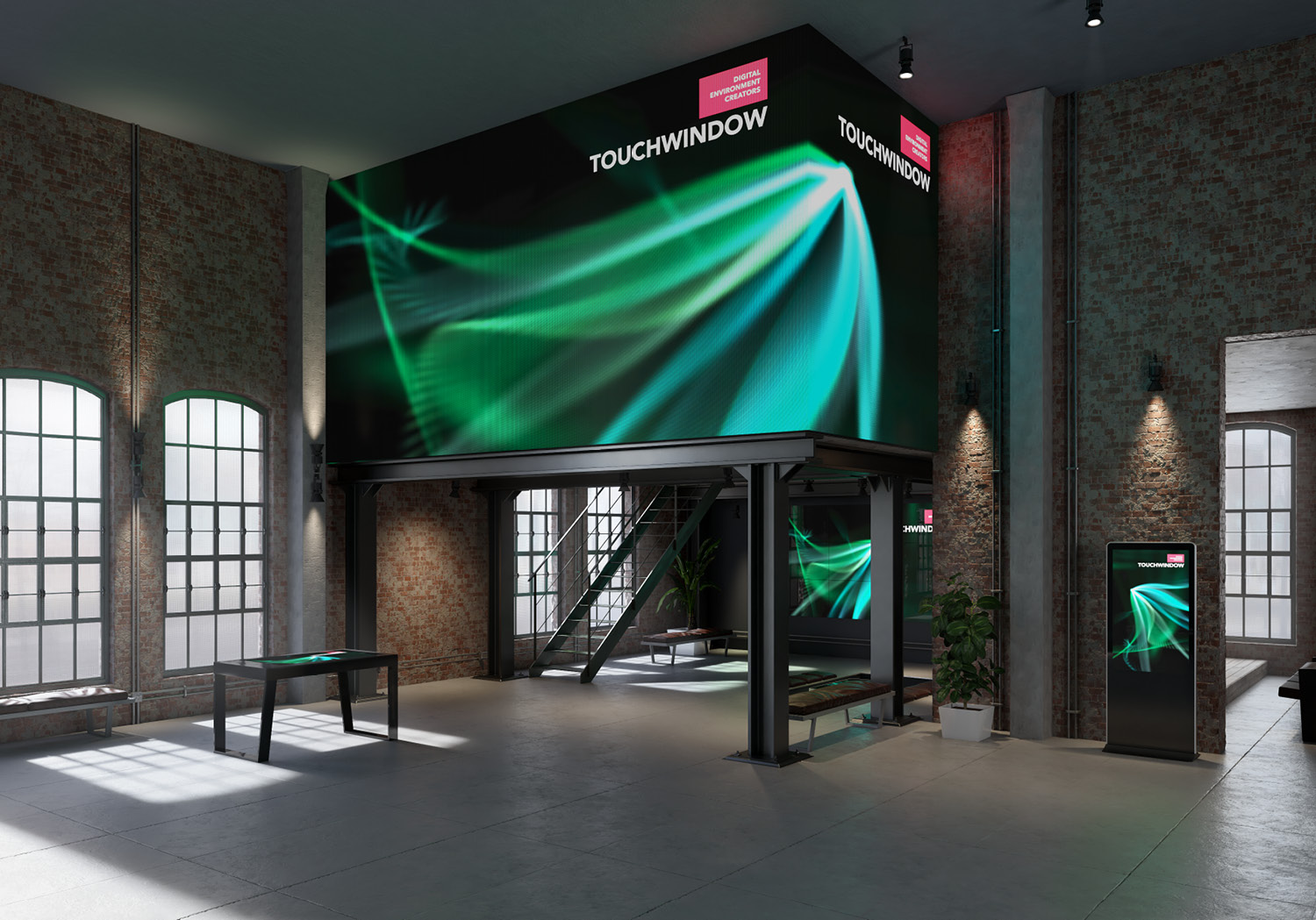A Comprehensive Analysis of Various LED Display Wall Techniques and Their Uses
A Comprehensive Analysis of Various LED Display Wall Techniques and Their Uses
Blog Article
LED display walls are more common across various settings, including music events, sports competitions, and corporate meetings. These large large displays are made up of numerous individual Light Emitting Diode panels which work together to create a single unified image. There are different kinds of Light Emitting Diode display wall technologies on the market, each with its own features as well as advantages. Grasping these technologies technologies can help companies as well as entities select the appropriate solution for their specific needs.
One common kind of LED video screen technology is the directly viewed Light Emitting Diode. This technology uses individual Light Emitting Diode modules which are arranged closely together to create a big screen. Direct view Light Emitting Diode walls are known for their high brightness as well as vibrant colors, which makes them perfect for outdoor events or well-lit illuminated environments. These displays also have a broad sight perspective, which means that viewers can view the display clearly at various locations. This makes directly viewed Light Emitting Diode walls a favored option for stadiums as well as external events.
Another type of Light Emitting Diode display screen technology is the LED-backlit Liquid Crystal Display. Such solution merges traditional Liquid Crystal Display displays with LED illumination for improved luminosity and color accuracy. LED illuminated Liquid Crystal Displays are commonly used in indoor environments, such as retail malls and meeting spaces. They provide excellent image clarity while are typically more affordable than directly viewed LED walls. Nonetheless, they may often perform as effectively in well-lit settings, as the illumination can occasionally dull the hues.
A third choice is the OLED video wall. OLED technology offers exceptional differentiation and hue richness in relation to other types of displays. Each pixel in led video wall for live streaming an OLED display produces its individual luminescence, enabling for genuine blacks as well as vibrant colors. This renders Organic Light Emitting Diode video walls particularly appealing for applications which demand premium images, including gallery exhibitions and luxury shopping outlets. However, Organic Light Emitting Diode technology can be more expensive and may not be as bright as direct view LED walls, rendering it not suitable for outdoor applications.
Along with the aforementioned options, there are also various uses for Light Emitting Diode display screens. They can be used for advertising, amusement, as well as data display. For example, companies commonly use LED video screens for electronic advertising to attract customers as well as promote products. Within amusement, these displays enhance the visual experience at concerts as well as gatherings, providing lively backdrops and engaging images. In business environments, LED video screens can be utilized for presentations, video meetings, as well as training sessions, aiding to communicate information in a visually attractive manner.
In conclusion, LED video screens come in different types, every with its unique benefits and uses. Directly viewed LED walls are ideal for outdoor applications, whereas LED illuminated Liquid Crystal Displays are more suitable for interior settings. OLED display screens offer exceptional visual clarity yet may be at a higher cost. Grasping the differences variations can assist entities to make informed choices about the best type of Light Emitting Diode video wall most meets their requirements, whether for advertising, amusement, or business use.